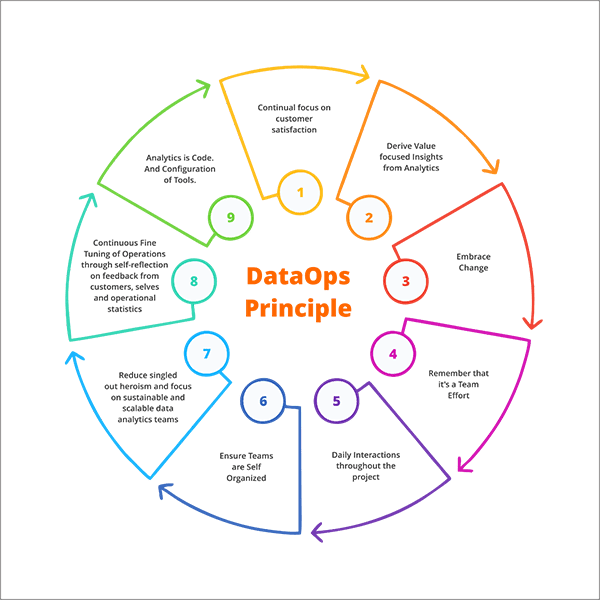
Alongside people and capital, data is probably the most valuable asset of an organization in the digital world. In stark contrast to what most business leaders believe, dependence on analytics and other data driven technologies aren’t mere tools to aid in decision making, but actually can be sole decision drivers in an organization.
Which brings us to the much debated and largely ignored, but tremendously compelling case of data driven decision making.
Also called data driven decision management, and when stripped down to its barebones definition, data driven decision making is largely the activity of extrapolating insights derived from organizational data sets to simulate the consequences of a decision. This is then used to back up the decision in question.
WELCOME TO DATAOPSAs the term indicates, it is the data centric cousin of Devops. Though the term was born in 2014, it finally gained mainstream popularity only in 2019. With a compounded annual growth rate of 32% YoY, the massive amount of data generated necessitates the automation of decision processes. DataOps has gained widespread attention as a discipline that cuts through the clutter among ETL, Data Science, BI and data warehousing functions.
LEARNING THE ROPESThe DataOps manifesto, the unofficial manual of data operations in organizations, sketches out some broad yet interesting outlines for DataOps teams in every organization. These principles include:

DATAOPS FOR YOUR BUSINESS
A whole lot happening out there, but does it actually matter in your business? Where’s the perspective that you need to get ahead in the game? Data driven decision making is rapidly changing the way businesses operate, but just so you get it right the first time, industry experts recommend some practical thinking and overarching strategies for guidance, regardless of the scale and sector of your business. The foundational step in implementing DataOps, a well-defined strategy including schedules for data set management, complete performance metrics of each step in the process, and complete process optimization. It also helps to visualize the desired outcomes and then simulate them with the models developed, and accurately assess the accuracy. Drilling down to the most important functions is equally important, because the process of identifying the accurate fit of business strategy is the first step towards rolling out a successful data driven decision making program. Resources required, identifying maximum impact areas and mapping out the entire implementation programs are key to the outcome. In this case, the more granular, the better it is for the eventual benefits that will follow. Every DDDM program needs to address the questions about the answers that the program must implement and the cardinal rule is that the biggest transformation impact needs to come from the business function that needs the practice. Data driven decisions are largely intended to answer business questions which would otherwise be answered by intuition or experience, but not entirely reliable. DataOps also relies on the ability of the organization to find the right dataset to address the right queries on which the business outcomes are thoroughly reliant for accurate decision making. Collection and analysis of the data are the next important steps and these steps form the core functioning of all business decision making using DataOps. Finally, the insights collected should be presented and distributed to concerned stakeholders who can incorporate the learning in the test run phase of DataOps. It can be then included in actual business operations as the final step.
DataOps is increasingly gaining favor in the business community worldwide because of the simplicity and the accuracy that its very nature brings to the small business owner’s day to day decision making operations – something that constitutes the entire difference between a successful business and a failed one. Explosive data growth, if the current numbers are anything to go by, will only result in an exponential increase of the adoption of this emerging domain in global businesses.
































